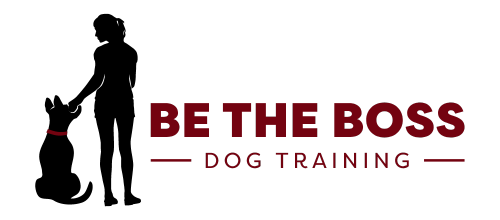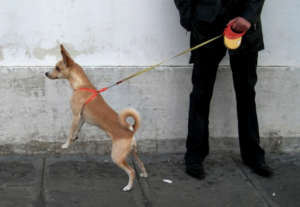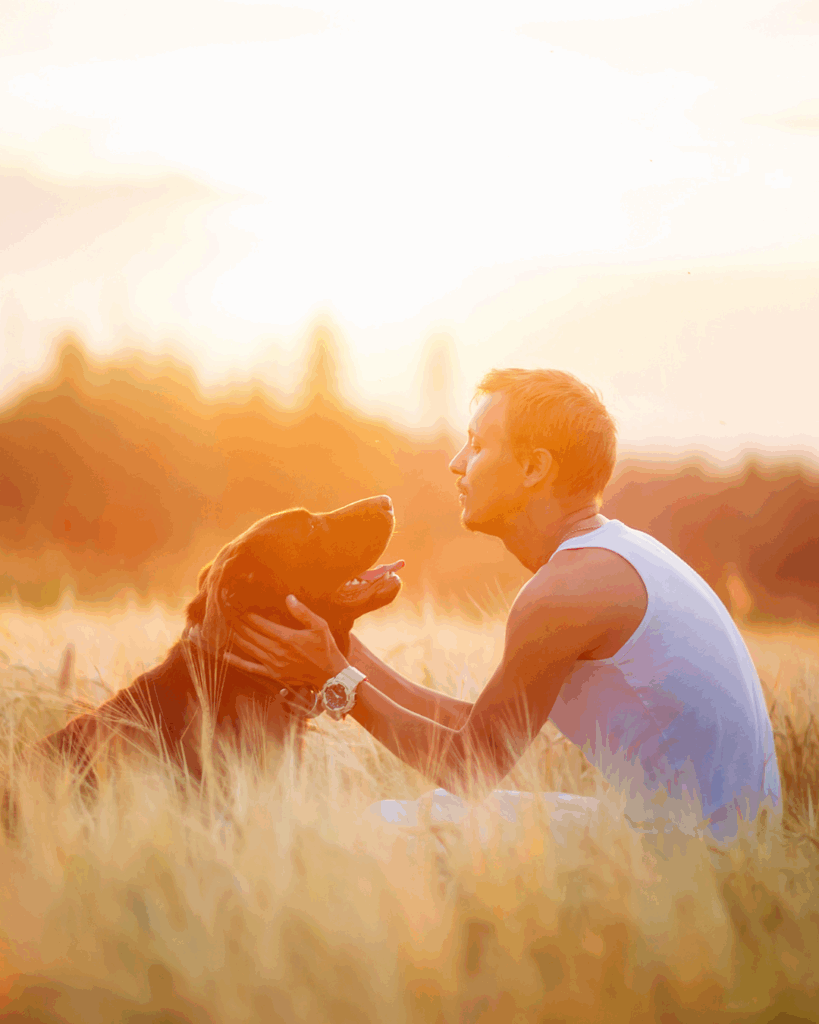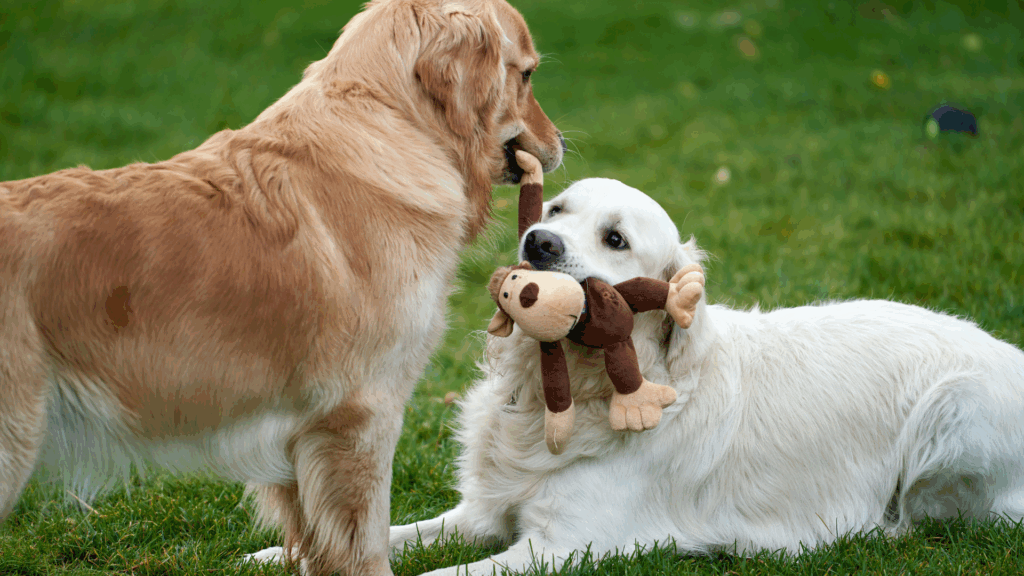My personal opinion? No. They are not.
Laying aside the training issues of a retractable leash…let’s just talk about safety. The first one being the safety of the dog.
With a retractable leash, the dog has the ability to run 10 or 15 feet in front of the owner. Meaning any person or object that is approaching, the dog will meet it first. If it’s only a fire hydrant…great, no worries.
If it happens to be another dog, there could be a problem. Your dog will have to fend for itself through rude greetings, overwhelming or excited behavior, and potentially even aggressive nipping. It’s not fair for your furry pal to face these issues without your protection.
There’s also the safety to the human. Most dogs don’t travel in a straight line in front of their owners. They sniff to the left and right, and even backtrack for a second smell. The retractable leash is easily wrapped around the human (or humans if it’s a family walking the dog)…leading to clumsy pirouettes, and hopping on one foot to untangle the leash. This often leads to tripping or falling, which is never a pleasant experience.
So…to keep your pup safe, and yourself safe from unnecessary dangers, walk your dog on a standard leash. You’ll find it much more relaxing!





